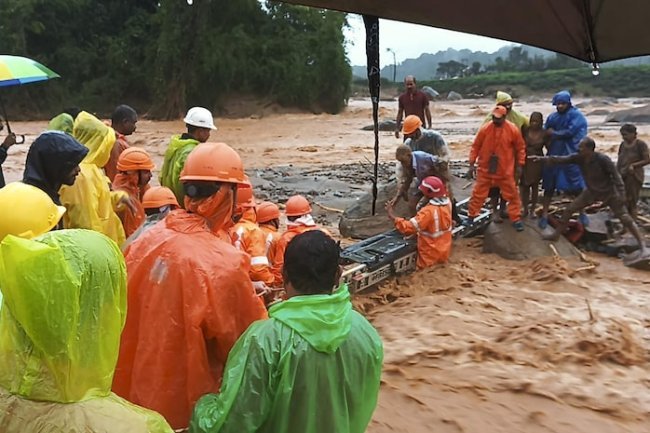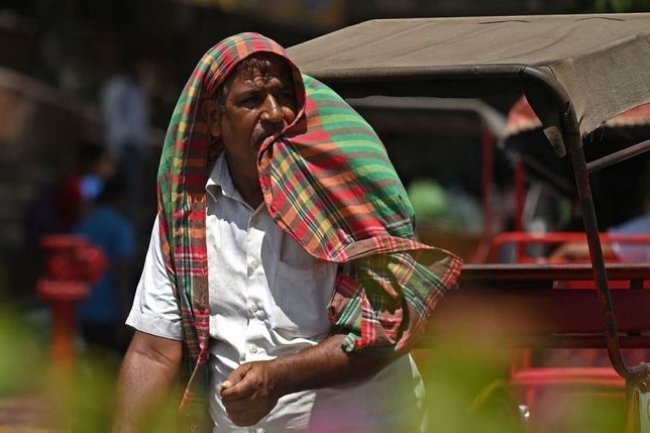IMD Issues Alert: Cyclone Remal to Reach West Bengal, Bangladesh Coasts
IMD Issues Alert: Cyclone Remal to Reach West Bengal, Bangladesh Coasts. As Cyclone Remal approaches the coasts of West Bengal and Bangladesh, the Indian Meteorological Department has issued a critical alert for residents and authorities. Expected to make landfall by Sunday evening, this severe weather event brings potential for heavy rainfall, strong winds, and coastal flooding.

Sunday Evening Threat: IMD Warns of Cyclone Remal Hitting West Bengal, Bangladesh
Cyclone Remal is expected to reach wind speeds of 102 kilometers per hour on Sunday. Fishermen have been advised to return to the coast and avoid the Bay of Bengal until May 27. The low-pressure system over the Bay of Bengal is predicted to strengthen and hit the coasts of Bangladesh and nearby West Bengal as a severe cyclonic storm by Sunday evening, according to the India Meteorological Department (IMD).
This is the first pre-monsoon cyclone in the Bay of Bengal this season and will be named Remal. IMD scientist Monica Sharma stated that the system will become a depression by Friday morning, intensify into a cyclonic storm by Saturday morning, and reach severe cyclonic storm status by Sunday evening.
Key Points about Cyclone Remal:
- Wind Speed: Expected to reach 102 kilometers per hour on Sunday.
- Rainfall Warning: Heavy rain is forecasted for coastal districts of West Bengal, north Odisha, Mizoram, Tripura, and south Manipur on May 26-27.
- Fishermen Advisory: Fishermen should return to the coast and not go into the Bay of Bengal until May 27.
Scientists note that cyclones are becoming stronger and lasting longer due to warmer sea surface temperatures, which result from oceans absorbing extra heat from greenhouse gas emissions. Over the past 30 years, sea surface temperatures have been the highest since records began in 1880.
Senior IMD scientist DS Pai mentioned that warmer sea surface temperatures lead to more moisture, which helps cyclones intensify. The current sea surface temperature in the Bay of Bengal is around 30 degrees Celsius, conducive to cyclone formation. However, atmospheric conditions, such as vertical wind shear, also impact cyclone intensity.
Former Union Ministry of Earth Sciences secretary Madhavan Rajeevan explained that a sea surface temperature of 27 degrees Celsius or higher is needed for a cyclone to form. High vertical wind shear can weaken cyclones, even if the sea is warm.
Initially, the system will aid the monsoon's progress over the Bay of Bengal. Later, it may detach from the monsoon circulation and draw a lot of moisture, possibly causing a slight delay in the monsoon's progress in the area.
What's Your Reaction?






















